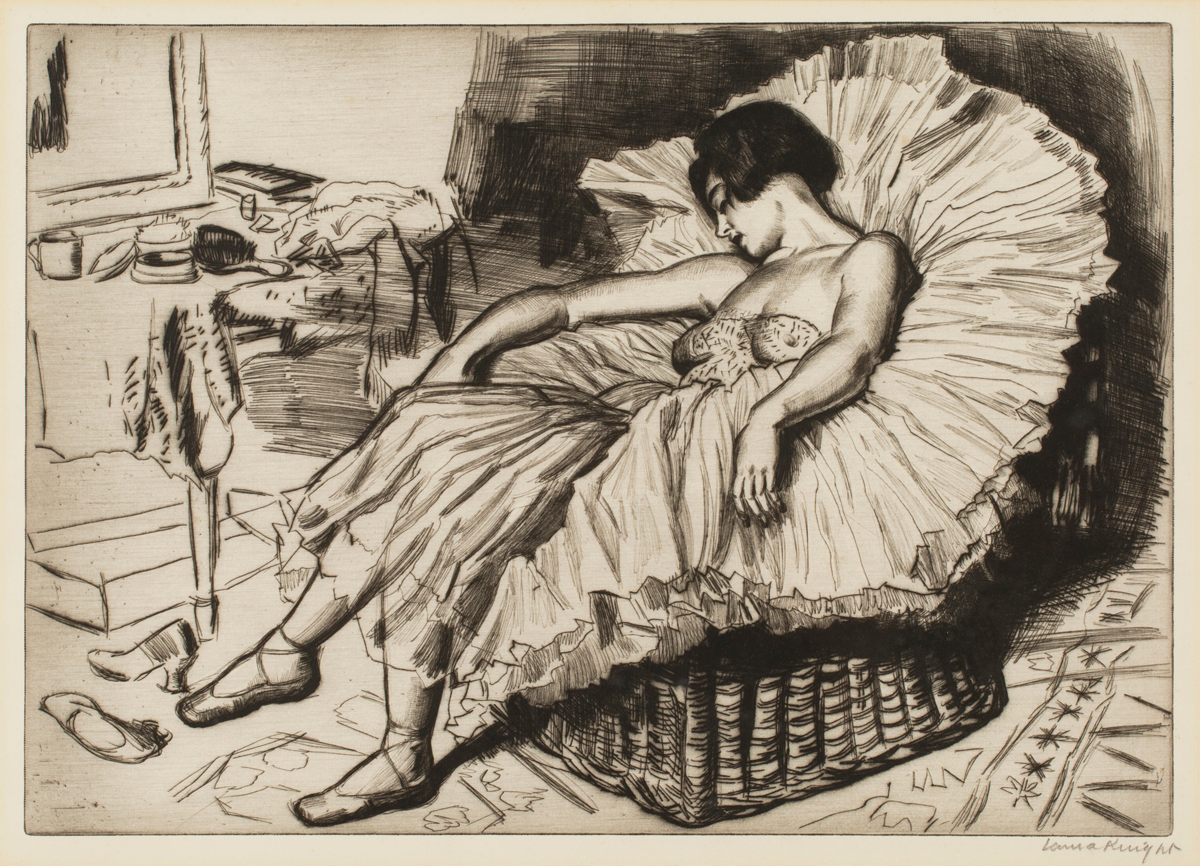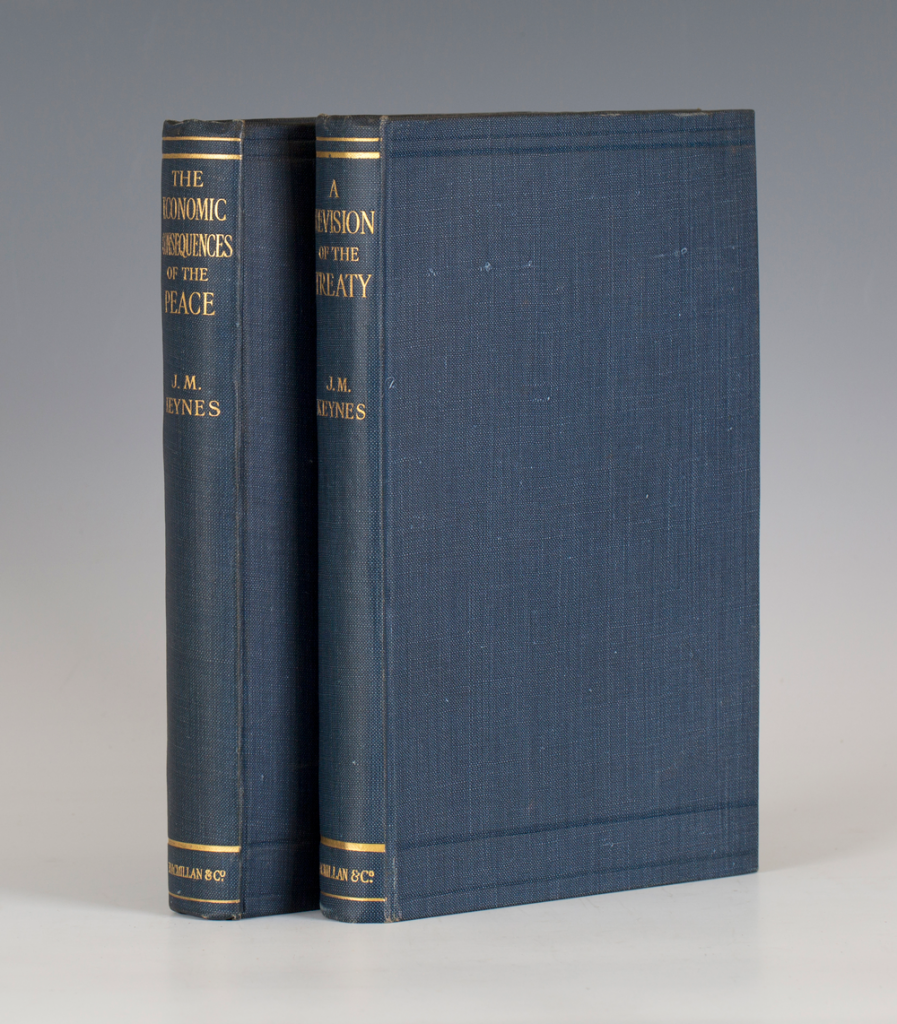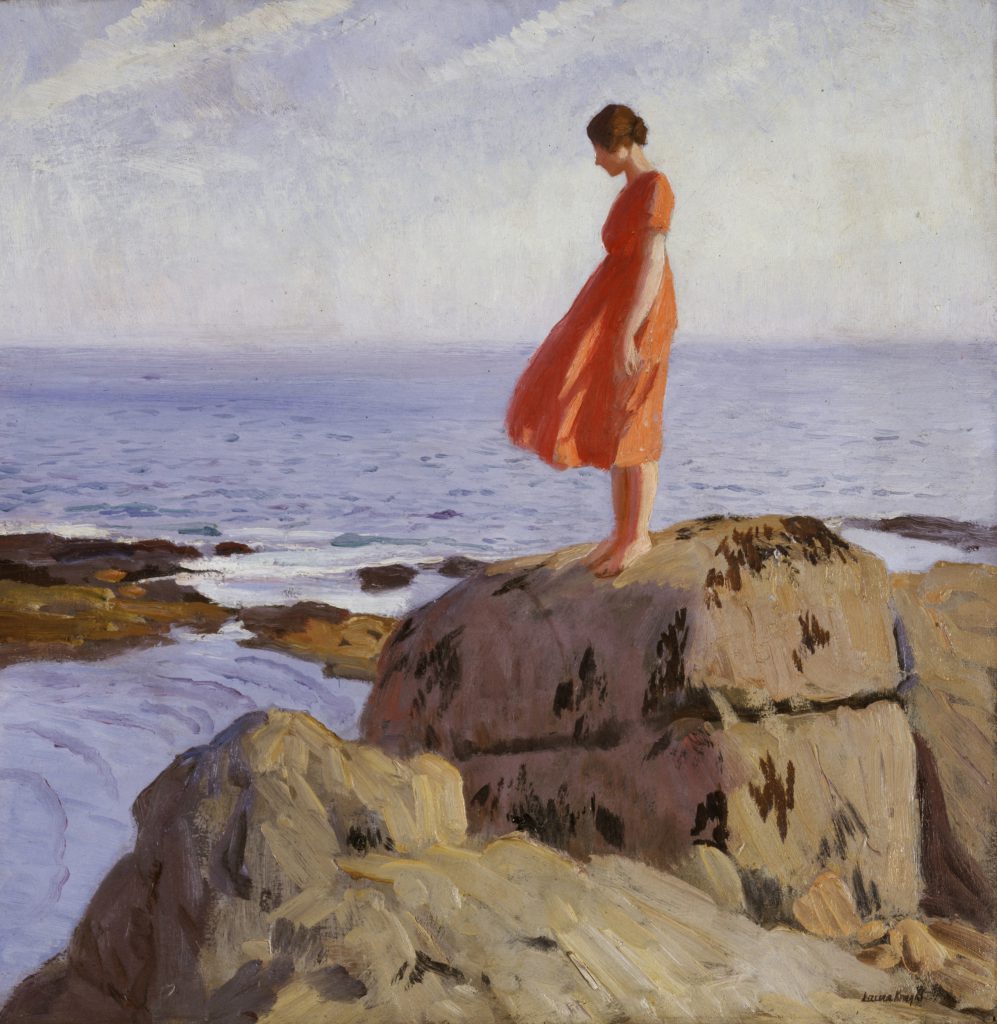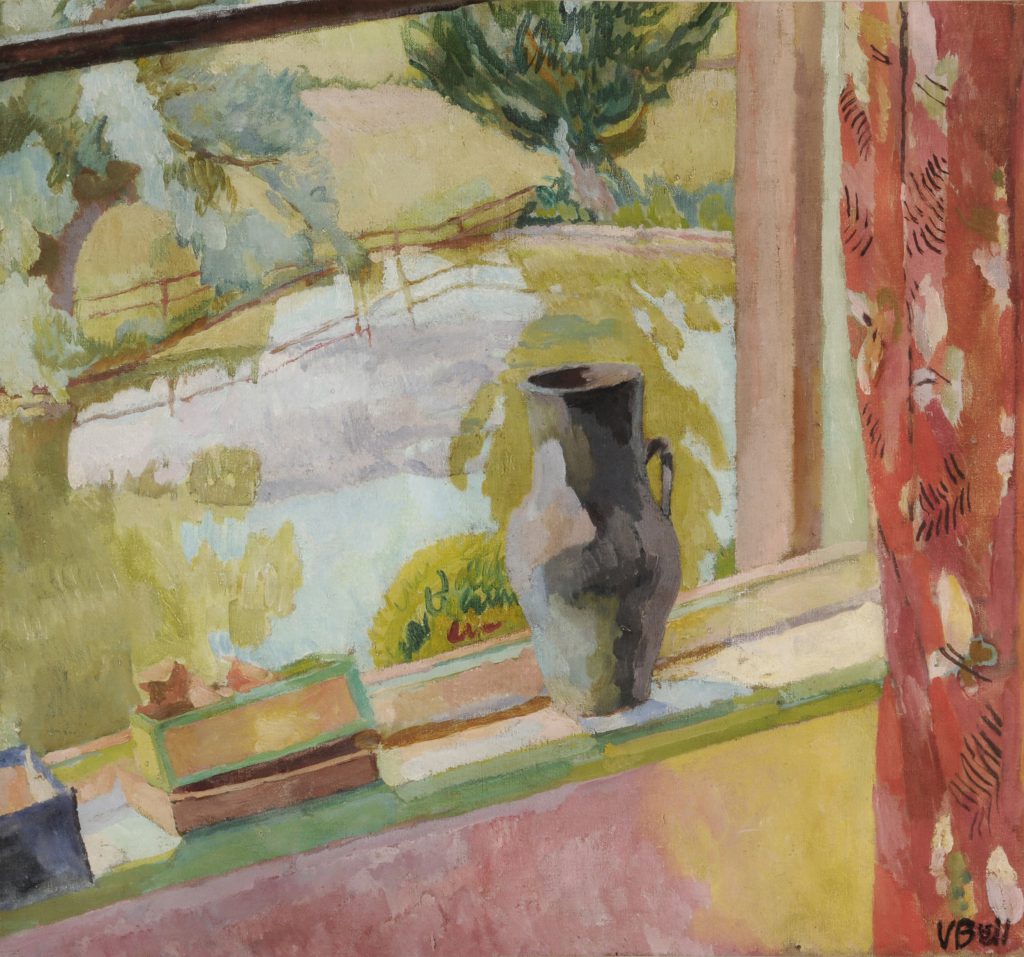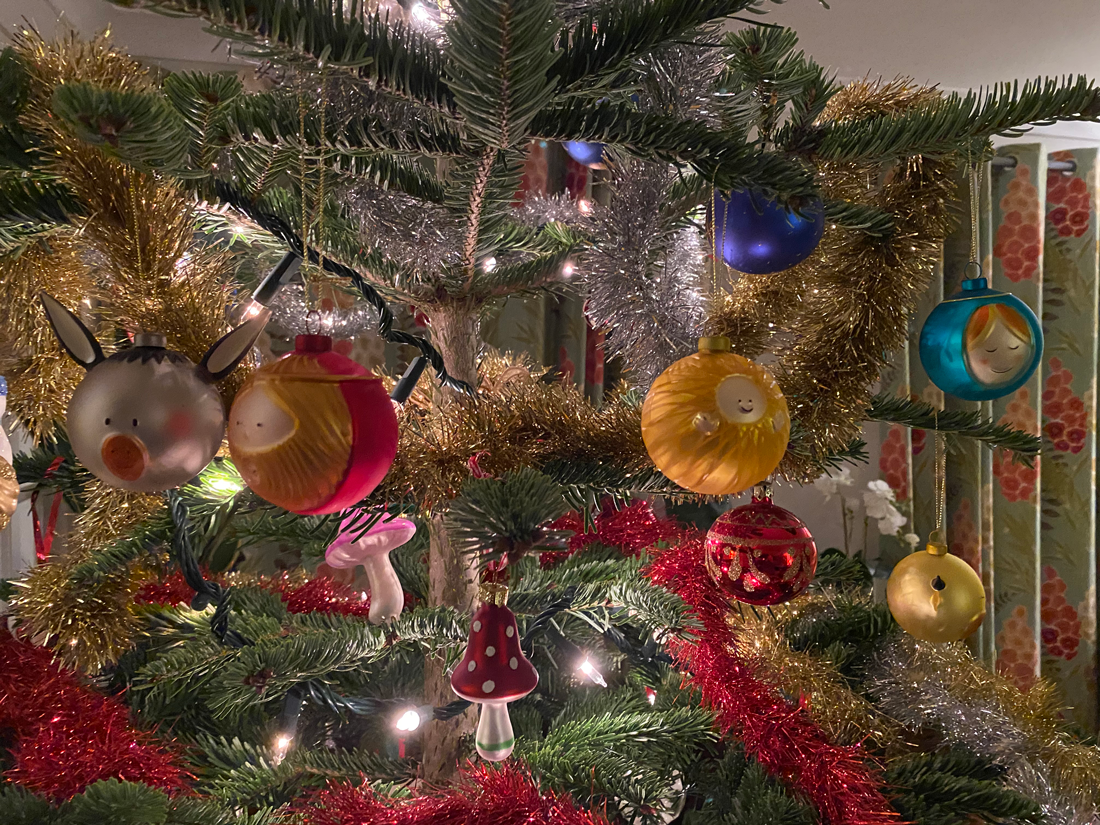
Christmas seems to be arriving at great speed this year. I haven’t even finished my Christmas cards yet let alone begun the wrapping up. But at least our Christmas tree is up!
You probably have a beautifully themed tree with a colour scheme, matching baubles and accessories but mine, I have to own, is rather more of a tinsel rush with lots of sparkly lights. Each bauble encapsulates a precious memory like Betty Southall’s marvellous gold, spray painted and glitter encrusted pine cone. It has matching wire sprays capped with imitation pearls which makes it look like a firework. Bless her, Betty was an avid auction goer years ago and would often be seen racing into the saleroom car park in her sky blue Morris Traveller trying not to be late for a lot or a party.
My favourite baubles though are a set of Alessi ones modelled as the Nativity. They are particularly precious because they were a Christmas present from my family. Designed by Laura Polinoro and Marcello Jori they’re joyful. The face of the baby Jesus smiles out from a bundle of hay, Mary is dressed in Marian blue and Joseph in red. I love the look of surprise on the donkey’s face – and those ears!
Alessi is celebrating its 100th anniversary this year. The company was founded by the Italian born Giovanni Alessi in 1921. The company followed in the footsteps of Giovanni’s father Carlo. From the 1970s Alberto Alessi collaborated with a number of leading designers including Ettore Sottsass, Michael Graves and Philippe Starck. Following in the footsteps of the Victorian designer Dr Christopher Dresser they once again combined art and design with the manufacture of domestic objects. From the moment these iconic Alessi pieces were released they became collectors’ items.
The tree is done so Christmas cards next.
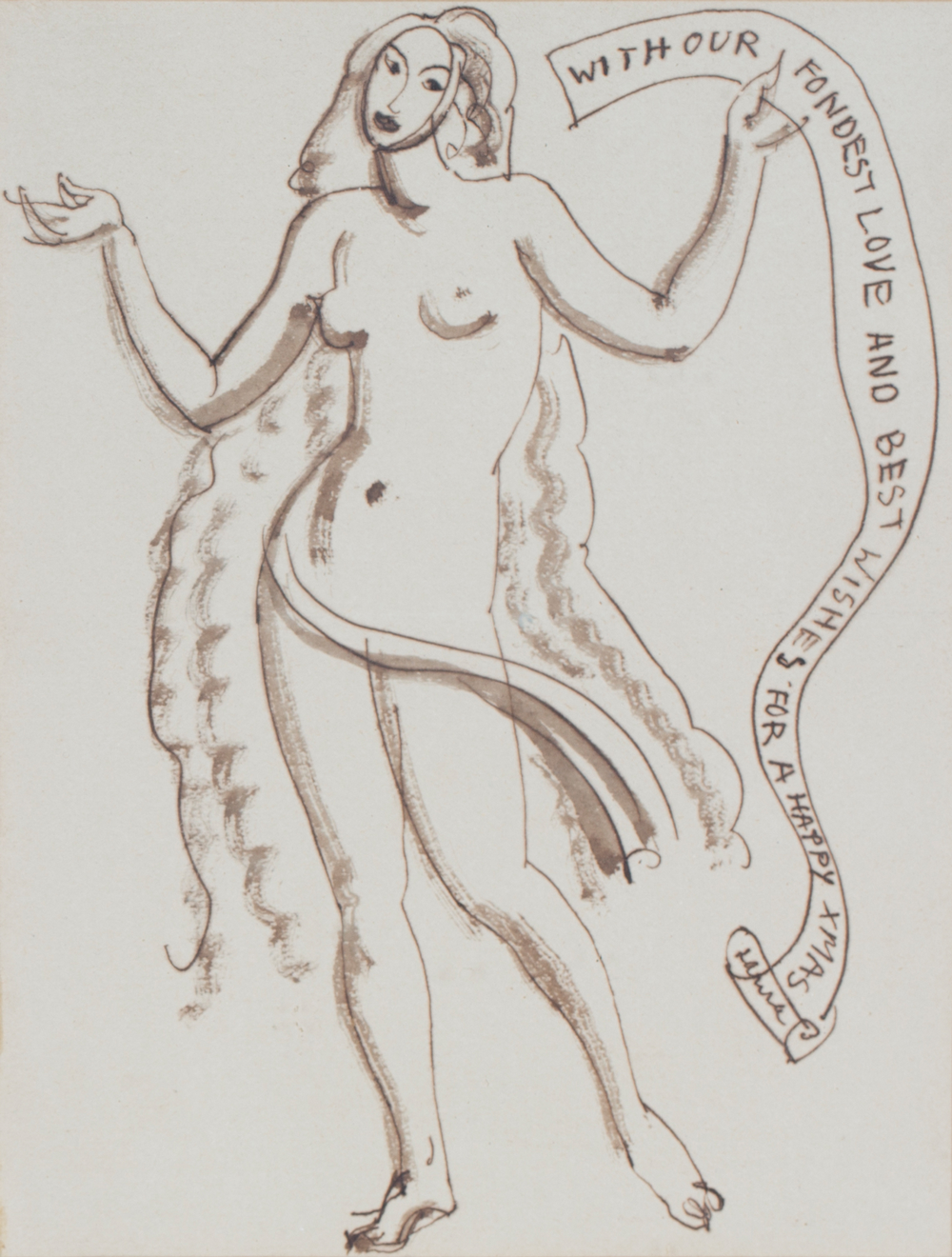
Over the years it has always been exciting to discover for auction Christmas cards from some of the country’s most prominent artists. These drawings and prints are often very intimate and personal like the pen and ink drawing by Dame Laura Knight. The card is dedicated to Gladys and Saxen Snell. The Female Nude holds a scroll inscribed ‘With our fondest love and best wishes for a Happy Xmas, Laura’.
Laura Knight was part of the English Impressionist movement. She worked in the figurative, realist tradition from the early 20th century and became one of the most popular modern British artists of her generation raising the status and recognition of women artists in a male dominated arena.
Christmas trees provide such joy and cards an expression of love – antidotes to the rising concerns around our Christmas plans especially in the light of Omicron. Stay safe.
